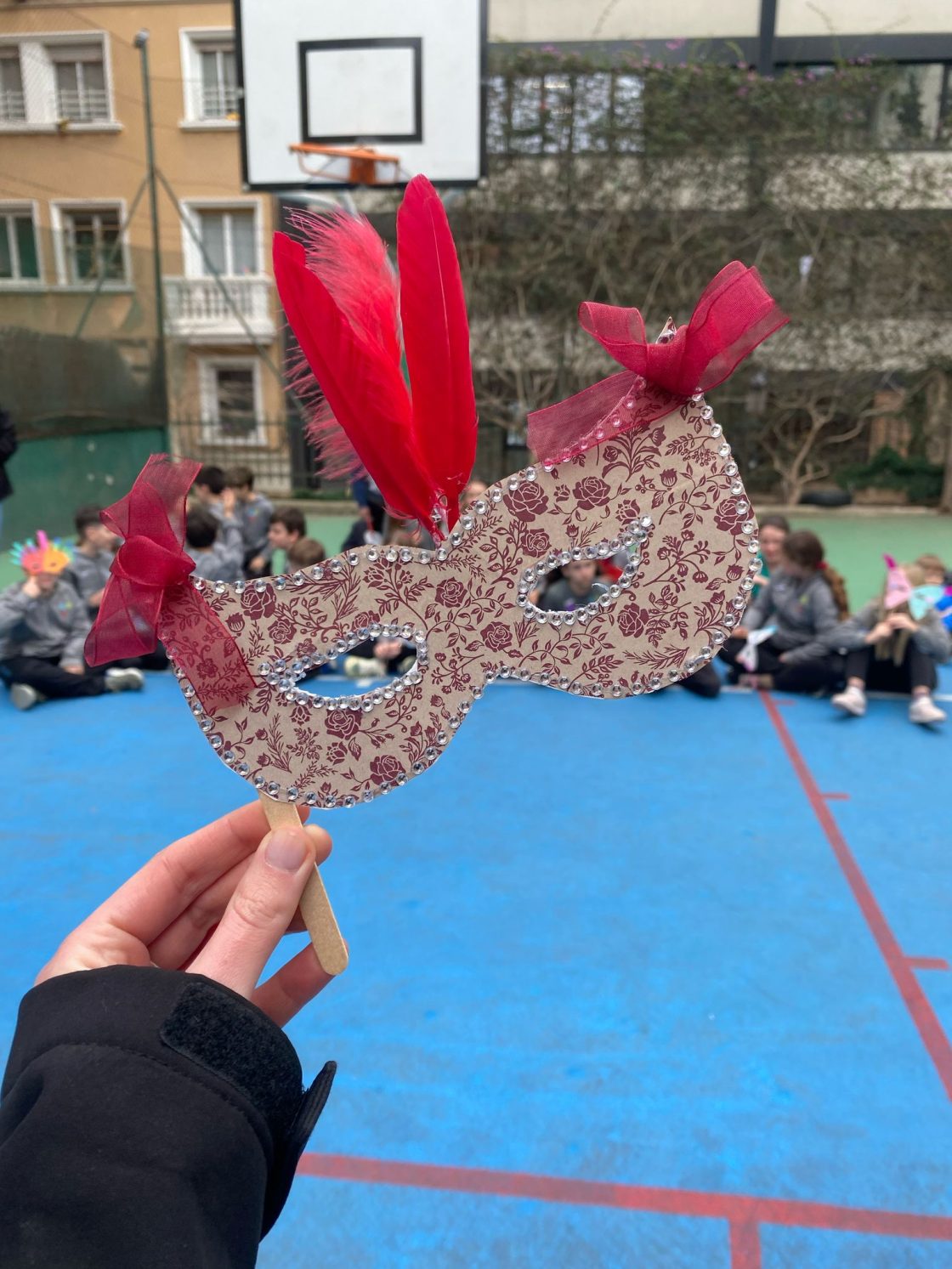Time management during school time is very important especially to avoid episodes of stress that can negatively impact our well-being and test results. At exam time it is important to help our children to create study and personal habits, that is, to influence a good organization and planning of their study time combined with a correct management of food, rest and free time.
The Department of Psychopedagogical Orientation of Lleó XIII is the body of the school whose main function is to offer resources to teachers as well as to offer support to students and families of the center. In today’s post we share with you different recommendations and study techniques that can help children and young people to organize and acquire a good study habit.
Recommendations to help organize our homework
When organizing it is important to take into account different aspects:
1. Place of study
It is convenient to always work in the same space to create our place of study. It has to be a place where we can work quietly and without interference such as television or the presence of other relatives playing, etc., that has natural light and good ventilation, as well as adequate furniture to be able to study comfortably. It is good to have or create this place as a reference space for study and to do homework.
Before starting to work you have to go to the bathroom, switch off the mobile or leave it in another room, prepare all the material we will need to do the activity, organize the workplace … On the desk there only has to be what one needs to work.
2. Study time
Before starting to study it is necessary to plan the time slots that I will dedicate daily to the study. This time can be planned a part in the morning and another part in the afternoon in case of weekends, for example, or everything concentrated in a time slot goes better taking into account the moment when one is more activated. The little ones usually have a rested mind and perform better; and in the afternoon however they are more tired.
Regarding time, it is convenient to structure the work in sessions of 45 minutes, then it is good to disconnect for 10 minutes and put it back on. It is necessary to take breaks to stretch your legs, look into the distance…
We must remember the importance of a healthy diet, having good sleep hygiene to be rested and exercising daily. Physical activity before studying helps to activate our mind and to be more receptive in the study. On the other hand, having a good work schedule and certain routines such as dressing, taking care of hygiene, maintaining a schedule, etc., as if we were going to school favors the acquisition of the study habit.
3. Where to start
It is important to establish a REALISTIC work plan (I have to be able to apply it), PERSONAL (adapted to my circumstances) and MODIFIABLE (if necessary I must be able to change it). When I have it ready, I can review it by asking myself the following question: can I really fulfill it? If necessary I will make adjustments.
If we have more than one exam, the time I will dedicate to each subject depends on the degree of difficulty that represents me. It is convenient to alternate subjects that are more complicated with others that are easier or we like more.
Those students who find it difficult to concentrate and who are very restless, especially for the little ones, it is recommended to focus efforts on those most complicated subjects first thing in the morning, and then intersperse them with physical exercise, as well as split the most expensive jobs on different days and not concentrate them all on the same day.
Study techniques
Study techniques are tools that facilitate the study process and that can be applied interchangeably at any level of studies: from Primary to University.
Helping yourself with adequate techniques and resources and a planning and organization of the work time will help us to be more effective in our work. It is important to remember that it is useless to talk about study techniques if there is no work habit first.
There is a selection below of useful and effective study techniques for study. There is no one technique better than another, or one that replaces it. They are complementary and their use depends on the subject we are working on, how it is structured and what technique best helps us to process the information.
1. Reading
It is the best tool when studying: it is necessary to know what the process is to read actively, observe if you have any reading defect, know the reading speed, the guide words and the punctuation marks that act as indicators in the reading of a text. To make a good reading it is necessary to concentrate and have clear objectives which can be to look for specific information, follow some instructions, pleasure or learn, among others…
2. Underlining technique
One of the simplest, most comfortable and effective study techniques is to highlight the most important parts of a syllabus. It is simply a matter of highlighting, while reading or in a second reading, the most significant parts of the text using fluorescent markers of different colors. An ideal way to proceed is to first do a comprehensive reading and underline the most remarkable one, and then begin the study.
3. Schematics or concept maps
Technique that consists of the creation of a schematic or mind map, in handwritten form or in the computer, to summarize and organize our ideas. The main advantages of these techniques are: they help to interrelate the different concepts and knowledge, main and secondary, they help us to give a global vision of what has been learned, favoring the consolidation of new knowledge and therefore of its memory, and as a consequence a posteriori represents a saving of hours of study.
4. The summary
Useful and classic technique that consists of briefly writing down the main ideas of a text and reorganizing them personally in your own words.
5. Study sheets
Study sheets are a slightly more laborious method, but very effective for subjects such as History, Chemistry or Geography because they allow to assimilate specific data, dates, names or vocabulary. There are free quality computer applications to facilitate the preparation of sheets.
6. Mnemonic rules
Mnemonic rules are especially useful for memorizing lists and sets. Its operation is basically the following: concepts that we have to memorize are associated with others that are more familiar to us.
Depending on how you process information, you do better with some techniques or others. It is necessary to discover, with practice and progressively, which ones help us the most. Learning to learn is a path of self-knowledge, awareness and reflection, and above all practice.
So cheer up and practice!!
Do not miss our social media accounts. You can find us on:
- Instagram: @lleoxiiischool
- Instagram: @kindergarten_lleoxiiischool
- Facebook: escolalleoxiii
KEEP READING:



